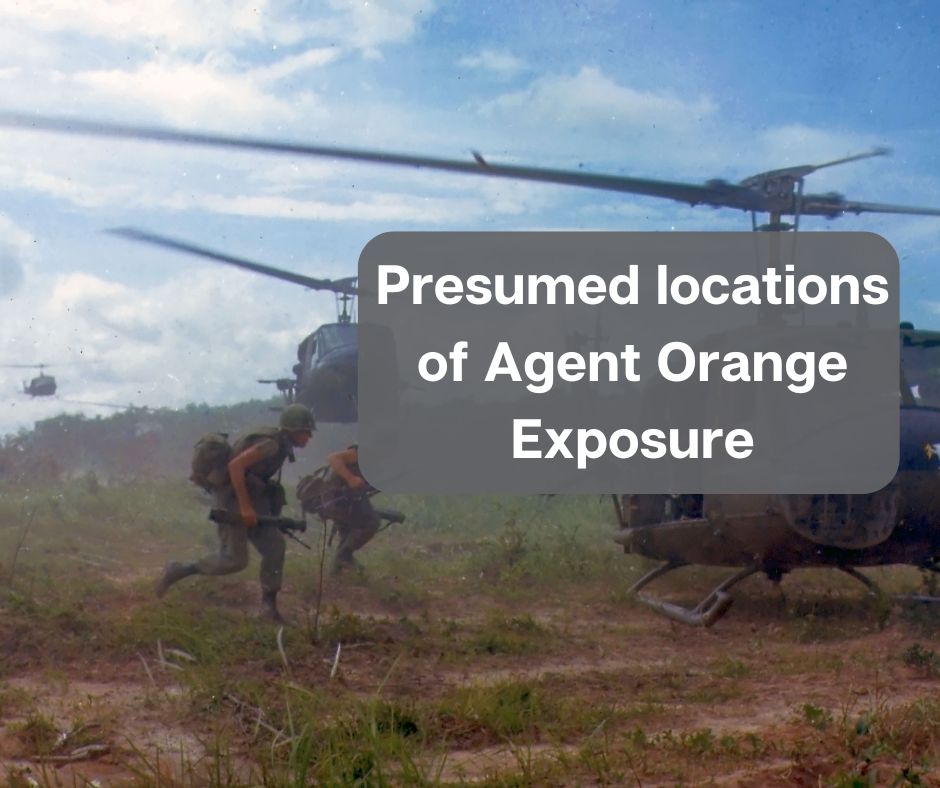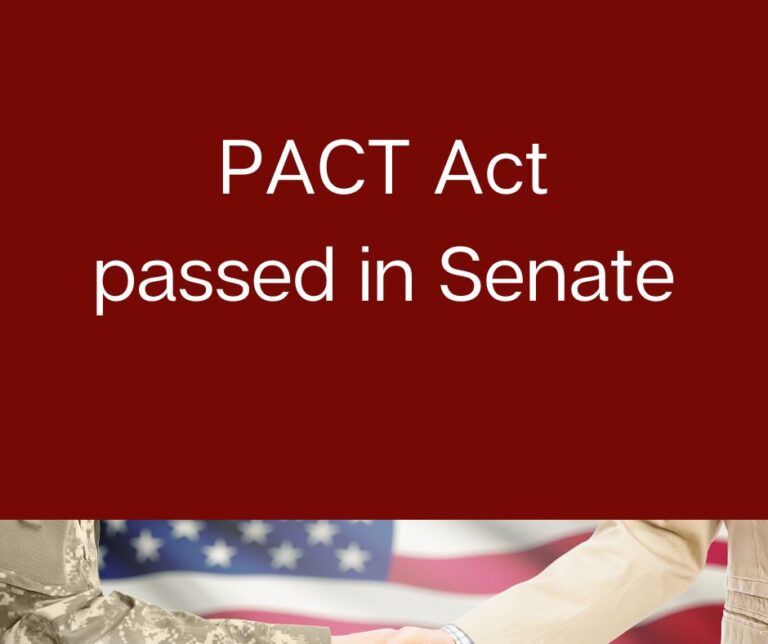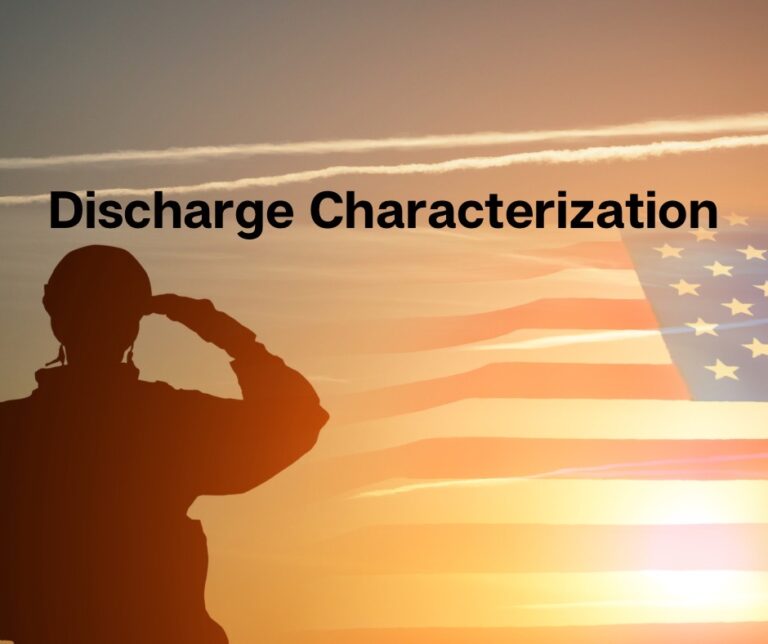Agent Orange and Its Aftermath: Understanding Where Veterans Were Exposed
We’ve mentioned Agent Orange on a number of occasions, mostly in conjunction with the PACT Act. The locations of Agent Orange exposure have generally be in articles dealing with many different illnesses and conditions.
Today, we want to focus solely on Agent Orange and the locations that have been designated where the VA presumes exposure to Agent Orange could have taken place. If a Veteran served in one of the locations listed below, in the timeframe listed with the location, they are presumed to have been exposed to Agent Orange. That means that they can file for any of the Agent Orange presumptive illnesses that they have been diagnosed with.
Agent Orange presumptive illnesses refer to certain diseases for which the U.S. Department of Veterans Affairs (VA) has established a presumption of service connection due to Agent Orange exposure. According to the Code of Federal Regulations (2020), covered herbicide diseases are those for which the VA has established a presumption of service connection according to the Agent Orange Act of 1991.
The term “herbicide agent” includes chemicals used in herbicides during military operations in the Republic of Vietnam from January 9, 1962, to May 7, 1975, specifically: 2,4-D; 2,4,5-T and its contaminant TCDD; cacodylic acid; and picloram . Diseases associated with exposure to these herbicide agents are presumed to be connected to service, and this presumption applies to veterans who served in the Republic of Vietnam and other areas during the specified period or other specified locations and conditions .
The locations covered for Agent Orange exposure include:
- Republic of Vietnam: A veteran who served in the Republic of Vietnam between January 9, 1962, and May 7, 1975, is presumed to have been exposed to an herbicide agent. “Service in the Republic of Vietnam” includes service in the waters offshore and service in other locations if the conditions of service involved duty or visitation in the Republic of Vietnam .
- Korean DMZ: A veteran who served between April 1, 1968, and August 31, 1971, in a unit determined by the Department of Defense to have operated in or near the Korean Demilitarized Zone (DMZ) in an area where herbicides are known to have been applied, is presumed to have been exposed to an herbicide agent .
- C-123 Aircraft: An individual who performed service in the Air Force or Air Force Reserve under circumstances where the individual regularly and repeatedly operated, maintained, or served onboard C-123 aircraft known to have been used to spray an herbicide agent during the Vietnam era is presumed to have been exposed to an herbicide agent. This applies to those who were assigned to an Air Force or Air Force Reserve squadron that was permanently assigned one of the affected aircraft and had an Air Force Specialty Code indicating duties as a flight, ground maintenance, or medical crew member on such aircraft .
Blue Water Navy
The Blue Water Navy Vietnam Veterans Act of 2019 extended the presumption of herbicide exposure, such as Agent Orange, to veterans who served within 12 nautical miles offshore of the Republic of Vietnam between January 9, 1962, and May 7, 1975.
PACT Act of 2022
These determinations expand the recognition of Agent Orange exposure to include specific service locations and conditions beyond ground operations in Vietnam, acknowledging the varied nature of military service and exposure risks.
The PACT Act of 2022 added five new locations for presumptive Agent Orange exposure:
- U.S. or Royal Thai military bases in Thailand (Jan. 9, 1962 – June 30, 1976)
- Laos (Dec. 1, 1965 – Sept. 30, 1969)
- Cambodia at Mimot or Krek, Kampong Cham Province (April 16, 1969 – April 30, 1969)
- Guam or American Samoa (Jan. 9, 1962 – July 30, 1980)
- Johnston Atoll or ships that called there (Jan. 1, 1972 – Sept. 30, 1977)







